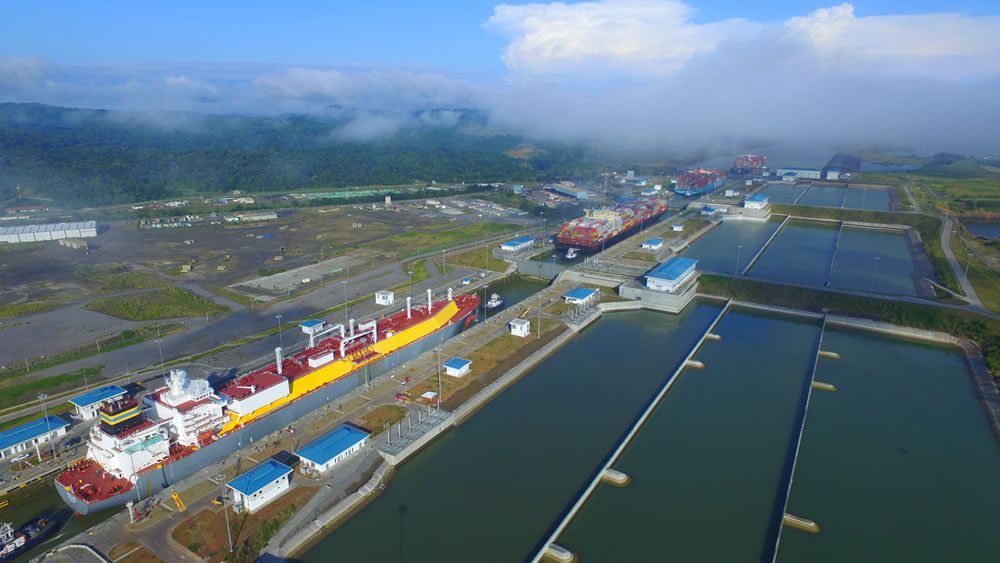Major Cocaine Bust: UK Border Force Seizes Record Shipment at London Gateway
In one of the UK’s largest drug seizures of the past decade, UK Border Force officers have seized cocaine with an estimated street value of £96 million (USD 130 million)...

Photo: Panama Canal Authority
The Panama Canal Authority has reported better-than-forecasted transit figures in 2017 while simultaneously setting set a new overall tonnage record driven by the added capacity of the Expanded Panama Canal’s first full year in operation.
In its fiscal year 2017, the Panama Canal recorded a record annual tonnage 403.8 million tonnes, representing an increase of 22.2 percent compared to the previous year, according to annual results released by the Panama Canal Authority (ACP) on Tuesday. The Canal’s fiscal year runs from October 1 to September 30.
The figure exceeds the 399 million tonnes forecasted for the year. In FY 2016, the Panama Canal transited 330.4 million tons.
In total, including the operation of the old Panamax and new Neopanamax locks, the Panama Canal reached a total of 13,548 vessel transits, an increase of 3.3 percent compared to FY 2016.
“It was a record year beyond expectations,” said Panama Canal Administrator Jorge Luis Quijano. “This figure reflects once again the commitment of the Panama Canal to offer an efficient, safe and competitive operation to our customers.”
The containership remained the Panama Canal’s largest segment with 143 million tonnes transited during FY 2017, including 89.1 million tonnes through the newly expanded canal.
The tanker segment, which includes liquefied petroleum gas (LPG) and liquefied natural gas (LNG), came in second with 105 million tonnes, followed by bulk carriers with 79 million tonnes, and vehicle carriers with 47 million tonnes.
Most transits through the Panama Canal were ships operating on routes between Asia and the east coast of the United States, which represented 34 percent or transits, according to the ACP. Transits between the West Coast of South America and the East Coast of the United States made up 13 percent of overall transits, with the West Coast of South America and Europe and west coast Central America and the East Coast of the United States making up 7 percent each. South America trade made up 5 percent of transits.
During the year, 68.3 percent of the cargo transiting the Panama Canal either originated or was destined for the United States.
The ACP also noted that the main users of the waterway were the United States, China, Chile, Japan, Mexico and Colombia.
The Expanded Panama Canal opened in June 2016, making FY 2017 its first full year of operation.

Sign up for gCaptain’s newsletter and never miss an update

Subscribe to gCaptain Daily and stay informed with the latest global maritime and offshore news


Stay informed with the latest maritime and offshore news, delivered daily straight to your inbox
Essential news coupled with the finest maritime content sourced from across the globe.
Sign Up